▼音声で学びたい方はこちらへ🐻
現在撮影中
▼ELEMENT2-高2《Lesson1》はこちらから🐻
- 授業前にひとこと
- 勉強のポイント
- 本文&和訳
- 重要単語
- 重要ポイント
- 【1】In high-context cultures, including Japan, India, and China, messages are often sent implicitly.
- 【2】For example, when a guest says, “No, thank you,” to an offer of food or drink, a Japanese host may ask the guest two more times in order to make sure it is a true “No,” reading the situation and the way the speaker talks.
- 【3】For people from low-context cultures, on the other hand, “No” literally means “No.”
- 【4】A good communicator would be someone who says what they mean and means what they say, and not someone who is good at reading the speaker’s intentions.
- 【5】According to research by Professor Erin Meyer, who specializes in intercultural communication, the US is the lowest-context culture in the world, followed by Canada, Australia, the Netherlands, Germany, and the UK.
授業前にひとこと
今回は、ELEMENT2-高2《Lesson1》について扱っていきます❗️
Lesson1のタイトルは…🐻
Cultures around the World
という「文化の違いについてカルチャーマップを元に理解する」お話です。
ちなみに、このLessonでメインで使われている文法事項は…
形式目的語のit / 対応する能動態を持たない受動文
です❗️
ちなみに、この記事では…
ELEMENT
の本文を引用しています。
すでに上記の教科書をお持ちの方向けの記事になりますので、お持ちでない方は全国の『教科書取扱書店』にて購入してから、記事を読み進めるようにお願いします!
さて、いつも授業前に説明することですが…
⇧に載せてあります『単語・和訳・英作文トレーニング』をテスト1週間前から毎日やってみてください❗️曖昧な理解がなくなり、成績が爆伸びします!!
コミュ英以外の定期テスト対策は?
現代文の定期テスト対策は こちら から
古文の定期テスト対策は こちら から
漢文の定期テスト対策は こちら から


個別指導塾 SECOND《定期テストコース》 をもっと活用する


公式LINEアカウント では…
▷ 解説記事のリクエスト
▷ 新着情報のキャッチ
▷ 定期テスト予想問題
▷ オリジナルグッズの購入
ができるようになっています🐻
個別指導塾 SECOND《定期テストコース》 の 公式LINEアカウント はこちら
勉強のポイント
①本文は『日本とアメリカのコミュニケーションの違いについて』説明しているシーンであることを理解する。
②単語・重要ポイントをインプットする。
③形式目的語のit / 対応する能動態を持たない受動文 について理解する。
本文&和訳
本文(Scene2)
【4】In high-context cultures, including Japan, India, and China, messages are often sent implicitly.
日本、インド、中国などのハイコンテクスト文化では、メッセージはしばしば暗黙のうちに伝えられます。
For example, when a guest says, “No, thank you,” to an offer of food or drink, a Japanese host may ask the guest two more times in order to make sure it is a true “No,” reading the situation and the way the speaker talks.
例えば、客が食べ物や飲み物を勧められて「結構です」と言った場合、日本のホストは状況と話し手の様子から、本当に「いいえ」なのかを確認するために、もう一度尋ねることがあります。
【5】For people from low-context cultures, on the other hand, “No” literally means “No.”
一方、ローコンテクスト文化の人々にとって、「いいえ」は文字通り「いいえ」を意味します。
A good communicator would be someone who says what they mean and means what they say, and not someone who is good at reading the speaker’s intentions.
優れたコミュニケーション能力を持つ人とは、話し手の意図を読み取るのが得意な人ではなく、言っていることに裏表がない人です。
According to research by Professor Erin Meyer, who specializes in intercultural communication, the US is the lowest-context culture in the world, followed by Canada, Australia, the Netherlands, Germany, and the UK.
異文化コミュニケーションを専門とするエリン・マイヤー教授の研究によると、米国は世界で最もローコンテクスト文化であり、カナダ、オーストラリア、オランダ、ドイツ、イギリスがそれに続きます。
重要単語


単語にはさまざまな意味がありますが、まずは定期テストを乗り越えるために、文章中で使われている意味で紹介しています🐻
V : 動詞 , Ving : 動名詞 , Vpp : 過去分詞, O:目的語, C:補語
| 英単語 / 熟語 | 品詞 | 意味(和訳) |
| high-context | 形容詞句 | ハイコンテクスト(文脈依存型)の |
| culture | 名詞 | 文化 |
| including | 前置詞 | 〜を含めて、〜など |
| message | 名詞 | メッセージ、伝達内容 |
| implicitly | 副詞 | 暗黙のうちに、はっきり言わずに |
| guest | 名詞 | 客、訪問者 |
| offer | 名詞 | 提案、申し出 |
| in order to V | 副詞句 | Vするために |
| make sure | 熟語 | 確認する、確かめる |
| literally | 副詞 | 文字通りに |
| communicator | 名詞 | コミュニケーションを取る人 |
| intention | 名詞 | 意図、考え |
| according to A | 前置詞区 | Aによれば |
| research | 名詞 | 研究、調査 |
| professor | 名詞 | 教授 |
| specialize in A | 熟語 | Aを専門にする |
| intercultural | 形容詞 | 異文化間の |
| followed by A | 熟語 | 次にAが続く |
| mean | 動詞 | 意味する |
| say what they mean | 熟語表現 | 本心・意図を言葉にする |
重要ポイント
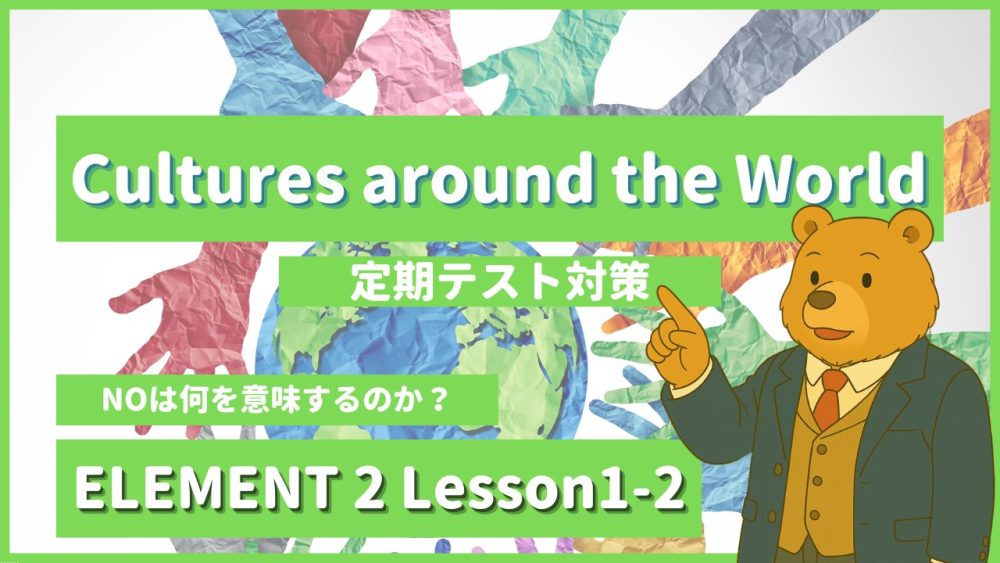

「ピンク」=重要ポイント
▼記号について
V : 動詞 Ving : 動名詞 Vpp : 過去分詞
【 】名詞句・節 〈 〉形容詞句・節 ( )副詞句・節
S:主語 O:目的語 C:補語 M:副詞
【1】In high-context cultures, including Japan, India, and China, messages are often sent implicitly.
《和訳》
日本、インド、中国などのハイコンテクスト文化では、メッセージはしばしば暗黙のうちに伝えられます。
《重要ポイント》


この文では…
・前置詞句
・受動態
・副詞の位置
が学べます!
受験に向けてもしっかり学ぼう🐻
「In high-context cultures,」= ハイコンテクスト文化では
前置詞句 “In high-context cultures”
・「〜において」という意味の前置詞句
・文全体の状況や場所(文脈)を示す副詞的用法。
・文頭に置かれることで、文脈依存文化の中での出来事を明示している。
「including Japan, India, and China,」= 日本、インド、中国などの
前置詞 “including”
・including はこの文では 「〜を含めて」 という意味で、“cultures” を修飾しています。
・つまり、ハイコンテクスト文化の例を列挙しているわけです。
「messages are often sent implicitly」= メッセージはしばしば暗黙のうちに伝えられます
受動態 “are sent”
・”messages”(主語)に対して「送られる」という受動の意味を表す。
・現在形の受動態 “are + 過去分詞(sent)” の基本形。
副詞 “often” の位置
・頻度副詞(always, usually, often, sometimes, never など)は、一般動詞・be動詞の位置によって、置き場所が異なります。
・以下の表で復習しておこう!
副詞 “implicitly” の位置と意味
・動詞 “are sent” を修飾する副詞。
・「暗黙のうちに」「はっきり言わずに」という意味。
・副詞は通常、動詞の直後や文末に置かれることが多い。
| 動詞の種類 | 頻度副詞の位置 | 例文 |
|---|---|---|
| 一般動詞 | 主語+副詞+動詞 | She often goes to the library. |
| be動詞 | be動詞+副詞+残り | He is often late. |
| 助動詞 + 動詞 | 助動詞+副詞+動詞 | You can often see stars. |
ここまで執筆完了❗️リクエストがあれば解説を加えていきます!


すぐに解説記事を見たい方は、こちらのLINEからリクエストを送ってくださいね🐻
個別指導塾 SECOND《定期テストコース》 の 公式LINEアカウント はこちら
【2】For example, when a guest says, “No, thank you,” to an offer of food or drink, a Japanese host may ask the guest two more times in order to make sure it is a true “No,” reading the situation and the way the speaker talks.
《和訳》
例えば、客が食べ物や飲み物を勧められて「結構です」と言った場合、日本のホストは状況と話し手の様子から、本当に「いいえ」なのかを確認するために、もう一度尋ねることがあります。
《重要ポイント》
【3】For people from low-context cultures, on the other hand, “No” literally means “No.”
《和訳》
一方、ローコンテクスト文化の人々にとって、「いいえ」は文字通り「いいえ」を意味します。
《重要ポイント》
【4】A good communicator would be someone who says what they mean and means what they say, and not someone who is good at reading the speaker’s intentions.
《和訳》
優れたコミュニケーション能力を持つ人とは、話し手の意図を読み取るのが得意な人ではなく、言っていることに裏表がない人です。
《重要ポイント》
【5】According to research by Professor Erin Meyer, who specializes in intercultural communication, the US is the lowest-context culture in the world, followed by Canada, Australia, the Netherlands, Germany, and the UK.
《和訳》
異文化コミュニケーションを専門とするエリン・マイヤー教授の研究によると、米国は世界で最もローコンテクスト文化であり、カナダ、オーストラリア、オランダ、ドイツ、イギリスがそれに続きます。
《重要ポイント》


これで全て終了です❗️
「ELEMENT2-高2《Lesson1-2 | Cultures around the World(The Culture Map)」おつかれさまでした🐻
形式目的語のit / 対応する能動態を持たない受動文 を踏まえて読解すれば、比較的話しの流れは掴みやすいですが、それが出来ていないと苦戦している文章もあったのではないでしょうか❗️
理解出来ている人も、油断せずに復習&音読するのをお忘れなく!!
①授業前にひとこと、でも話しましたが…
⇧に載せてあります『単語・和訳・英作文トレーニング』をテスト1週間前から毎日やってみてください❗️曖昧な理解がなくなり、成績が爆伸びします!!
最後まで見てくださってありがとうございました!
またお会いしましょう!定期テストがんばれ〜🐻
じゃあね〜、バイバイ!!
-》-トレーニング』-485x273.png)
-》-トレーニング』-485x273.png)
-》-トレーニング』-485x273.png)








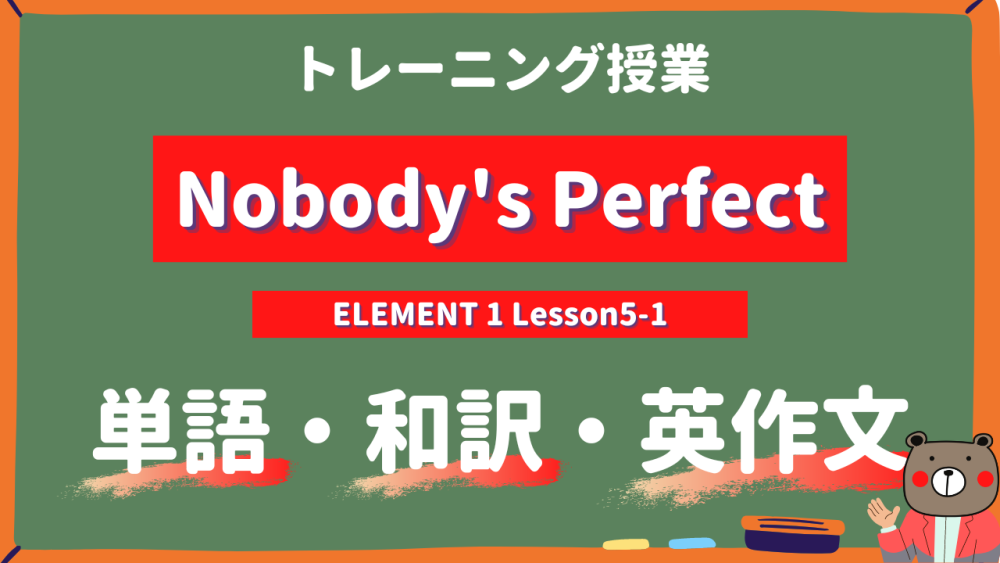

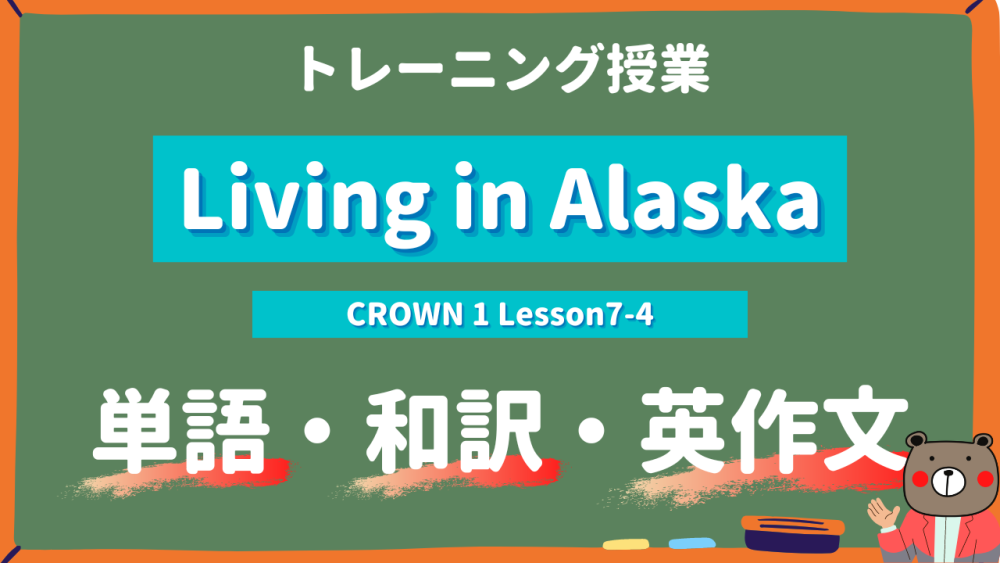
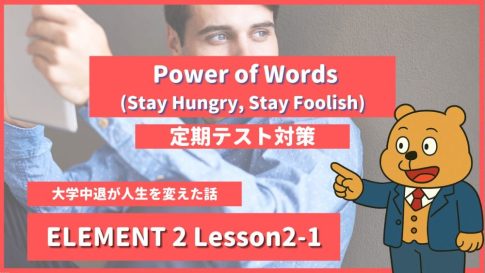
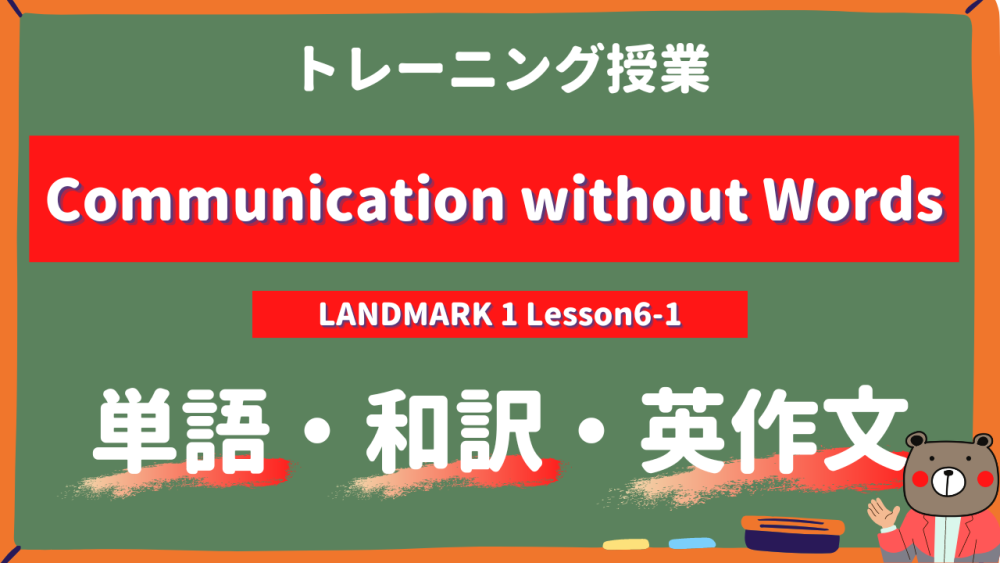

おすすめ勉強法は、テキストを見ながら、こちらの音声で学ぶと、目(視覚)も耳(聴覚)も両方使えるので、効果バツグンです🐻